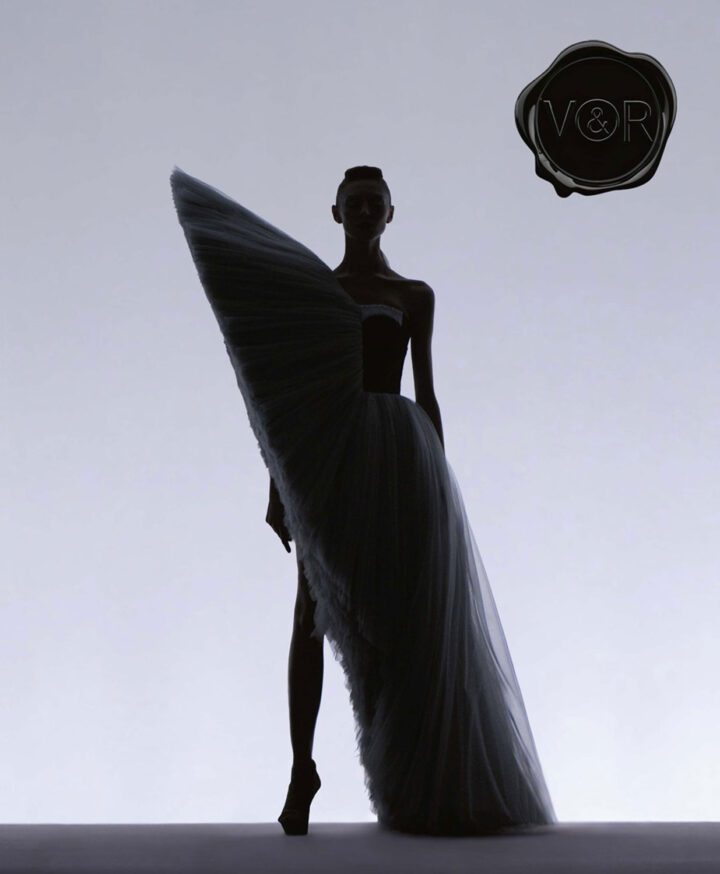A Hermès handbag remains a household name for luxury fans because it represents an uncompromising standard of craftsmanship and design. While the “Birkin” enjoys a loyal following, Hermès also offers the “Kelly,” an equally iconic bag. The “Kelly” embodies the kind of luxury that is unbeatable in today’s world. Known for its impeccable craftsmanship, it was most often worn on the arms of clients like Beyonce, Grace Kelly and Miranda Kerr.
The bag, then called “Sac à dépêches,” was designed by Émile-Maurice
Hermès, who is credited with modernizing Hermès accessories. But as early as the 1930s, Robert Dumas, the son-in-law of Émile Hermès, developed a trapezoidal shape. He created a much more affluent version of the “Sac à dépêches” with a feminine undertone. The silhouette of the bag hints at a time marked by a distinctive design, triangular shaped gussets, a split cover and a carrying handle with two side handles.
In the 1950s, when Grace Kelly and Cary Grant starred in Alfred Hitchcock’s romantic thriller “To Catch A Thief”, the history of the “Sac à dépêches” would also reach a turning point.
For the clothes in the film, production designer Edith Head chose items from Hermès, such as the “Sac à dépêches”. Grace Kelly fell head over heels in love with the bag. Also, although she was often seen with it, she didn’t become famous for the bag until she used it to hide her early pregnancy in the late 1950s and the bag became instantly famous as the “Kelly”.
What sets Hermès’ Kelly handbag apart is the level of craftsmanship in its making, the wide range of colors, and the sleek, modern silhouette. The intricate hand stitching, using only waxed silk thread specially developed with exotic materials, and the craftsmen devoting 18 to 24 hours to each bag make each “Kelly” special.
“Kelly” bags are traditionally defined by two techniques. There is the “Sellier”, a stiffer, stronger bag with external seams. The second type is more flexible and has a softer leather. It is called “Retourne” (meaning “back”) because the leather is turned over by the craftsman to hide the visible seams. The handle is then physically fastened to ensure that each piece is perfectly assembled.
Another distinguishing feature is the hardware, whose latch and lock are integral to the bag’s aesthetic. The latches of the “Kelly” are palladium-plated or gold-plated, and for custom bags, the latches can also be made of 24-karat silver and gold. The unique key for each bag is attached to a leather strap, the “Clochette”. These twin motifs are so recognizable that they are also incorporated into a variety of belts, purses, bracelets and other items.
The appeal of the “Kelly” is also enhanced by its exclusivity. Until the 1990s and early 2000s, you could buy your favorite “Kelly” in any Hermès store. But soon the bag became one of the rare unique pieces. Currently, there is a waiting period for each of these bags, just like for the “Birkin”.
Over the years, many “Kelly” interpretations have been created. For example, some examples of the rare sterling silver mini “Kelly” have been made for customers who are loyal to the brand. The “Plissé Mini Kelly”, on the other hand, uses the plissé process of folding and pressing silk or leather into an accordion-like design.
The Kelly “Lakis”, which has a rear zipper pocket in addition to the two front zipper pockets, was introduced in 2004. The “Kellydole”, created by Hermès CEO Jean-Louis Dumas around 2000, has eyes and a mouth like a cartoon character.

